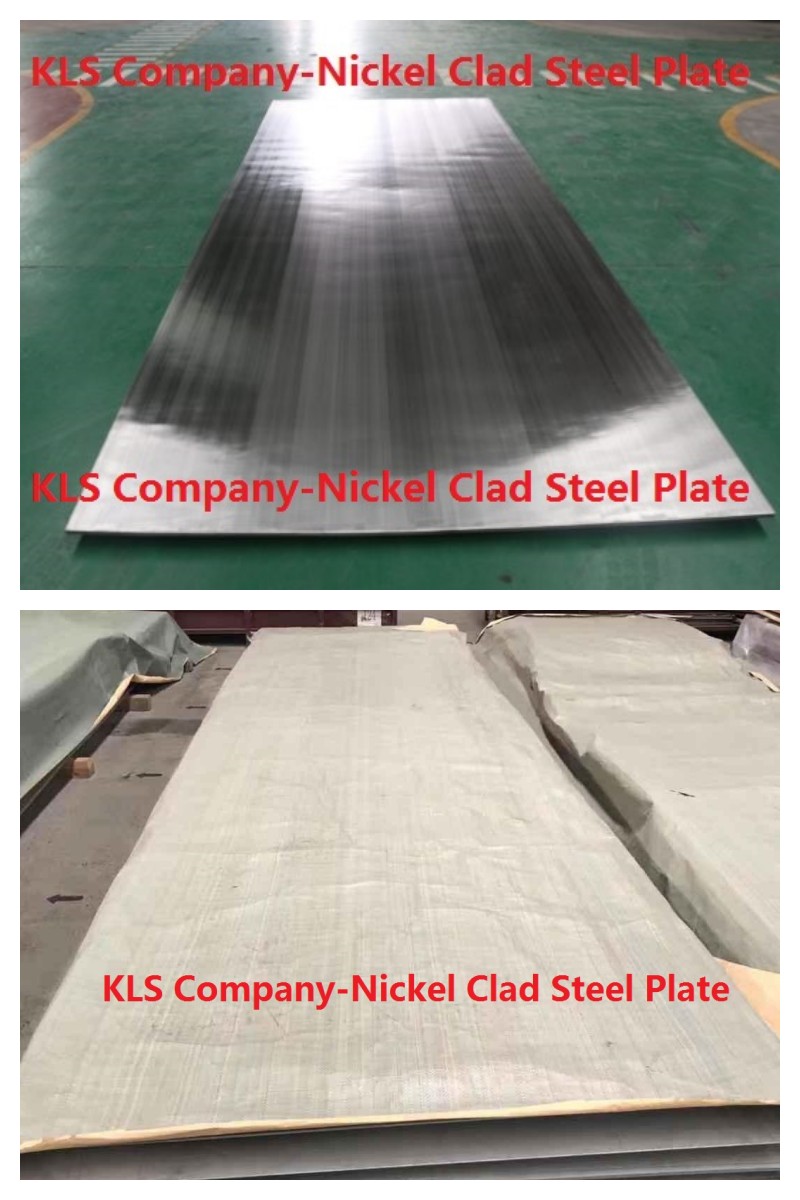Your Position: Home - Stainless Steel Sheets - Why Nickel Clad Steel Is Failing in Harsh Offshore Conditions
Nickel Clad Steel is widely used in offshore applications for its corrosion resistance and strength. However, recent industry reports and maintenance records have raised red flags about its long-term performance in extreme offshore environments—especially in countries with harsh marine conditions like Norway, the UK, and parts of Southeast Asia. Operators are questioning whether this material still lives up to its reputation, and many are seeking answers as costs for inspection, repair, and downtime rise.
This article breaks down why Nickel Clad Steel may not be performing as expected offshore and what professionals in the oil, gas, and marine sectors should be aware of.
One of the primary selling points of Nickel Clad Steel sheet is its resistance to corrosion, particularly in saltwater environments. While the nickel layer provides a passive protective barrier, it is not impervious to breakdown. In high-salinity and high-pressure offshore zones, even minor imperfections in the cladding process can allow saltwater to reach the carbon steel base, leading to localized corrosion and pitting.
In regions like the North Sea, where equipment is exposed to both freezing temperatures and aggressive saline spray, premature failure of clad steel has become a recurring issue. Inspection reports from offshore rigs indicate signs of delamination and stress corrosion cracking, particularly in weld joints and heat-affected zones.
The offshore construction industry in countries like Brazil and Malaysia has reported fabrication-related concerns with Nickel Clad Steel. Improper welding techniques or a lack of adherence to cladding-specific welding procedures can compromise the nickel layer, making it susceptible to cracking and disbonding.
According to ASME and DNV welding standards, special precautions must be taken when joining Nickel Clad components. However, in practice, local fabrication shops may lack the specialized knowledge or equipment needed. This disconnect often results in compromised joints that become failure points during service.

Detecting early signs of failure in Nickel Clad Steel plate is more complex than with traditional materials. Non-destructive testing (NDT) methods such as ultrasonic testing and eddy current inspection require high skill levels and specialized equipment. In offshore locations with limited access and resources, like remote oil rigs in the Gulf of Mexico or West Africa, routine inspections are often delayed or inadequately performed.
As a result, minor defects in the nickel layer can go unnoticed until significant degradation occurs—leading to unplanned downtime, safety risks, and high repair costs.
Different offshore regions have varying regulatory standards. For example, while the UK HSE (Health and Safety Executive) mandates rigorous material testing, other countries may not enforce such stringent checks. This inconsistency in quality assurance leads to variability in how Nickel Clad Steel performs across different installations.
Moreover, suppliers may oversell the benefits of Nickel Clad materials without fully disclosing their limitations in specific environmental conditions. Engineers relying on generalized datasheets rather than real-world performance data may choose Nickel Clad Steel in applications where it is not ideally suited.
Nickel Clad Steel remains a valuable material when applied under the right conditions and with proper handling. However, for offshore applications—especially in extreme environments—its limitations are becoming more apparent. Users must adopt a more critical, data-driven approach when selecting materials for offshore infrastructure.
Improved inspection protocols, better training for welders and fabricators, and region-specific performance testing are essential to avoid costly surprises. Before committing to Nickel Clad Steel for your next offshore project, ensure the material is truly suited to the conditions it will face.
19
0
0
Previous: None
Comments
All Comments (0)